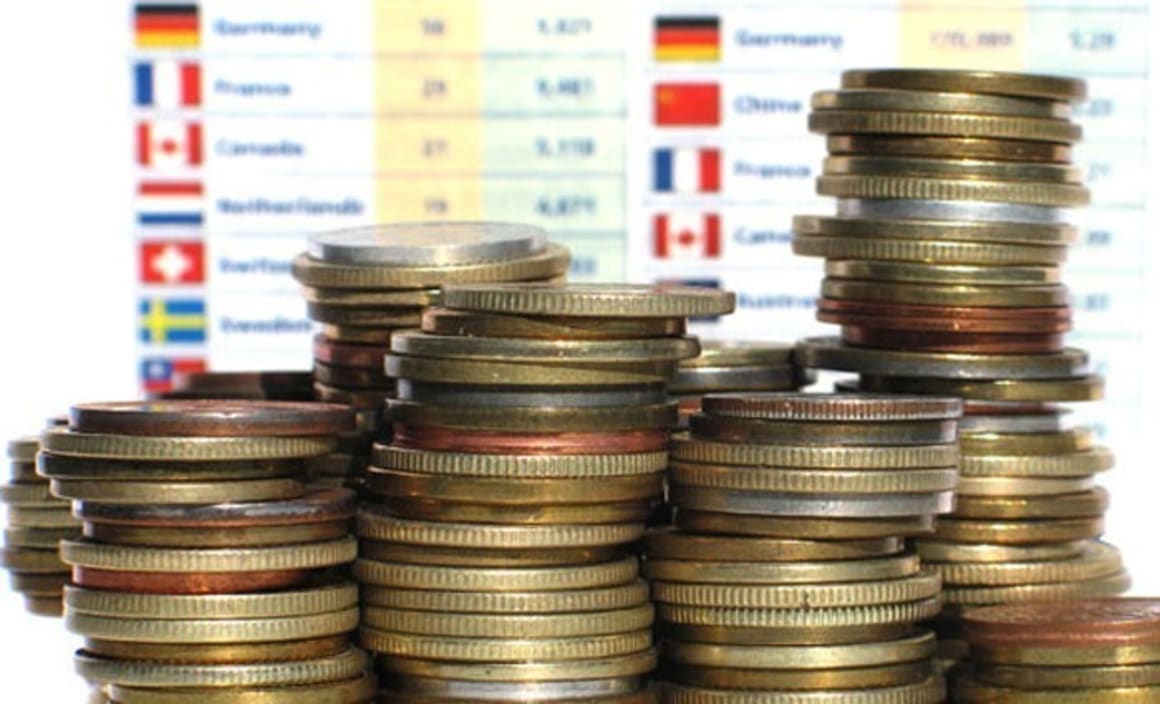Foreign investment may struggle in the future as price growth eases: QBE Housing Outlook

Investor purchasers reached a peak in 2014/15, nationally accounting for a high of 51 percent of all residential loan activity, according to QBE's latest housing report.
However, APRA’s guidance on home lending to investors resulted in a number of financial institutions raising interest rates on investor loans by 25 to 30 basis points in July 2015 (despite no change in the RBA cash rate), while also including increased interest rate buffers and tightened loan–to–value ratios in their lending criteria.
These measures effectively limited the supply of investor loans, and the value of loans to investors nationally fell by 17 percent in 2015/16. Moreover, investors’ share of total residential loan activity has fallen back to around long term levels, to 44 percent in 2015/16. Nevertheless, at this level, investors remain a key driver of capital city residential markets.
In contrast, owner occupier demand has risen. While first home buyer activity remained flat in 2015/16, loans to non–first home buyers rose by 7 percent in 2015/16. It may be that with less competition from investors, owner occupiers are stepping in to fill the gap.
As a result, non–first home buyers accounted for 43 percent of total residential finance in 2015/16, back to its 15 year average. Meanwhile, at 13 percent in 2015/16, the share of residential finance to first home buyers remains below its long–term average of 15 percent.
Growth in investment lending has also slowed as a result of APRA’s preference for financial institutions to contain annual portfolio growth in investment lending to below a 10 percent threshold, and lending policy toward investors appears to have eased slightly.
The rate of decline in investor lending has slowed a little toward the end of 2015/16. Monthly loans to investors edged up between April and June 2016, although in June 2016 still remained 15 percent below a year earlier. A return to the 2014/15 peak in investor activity is not expected.
Slowing rental and price growth is likely to contain investor appetite for residential property, while more recent tightening in bank lending policy toward overseas investors will also slow overall investor demand.
Overseas investors have been a key driver of demand for new dwellings, with some demand also flowing into the established home market. Typically, an overseas resident purchaser can only buy a new dwelling, while a temporary resident can purchase an established dwelling that must be sold upon returning home.
Chart 3 shows the number and dollar amount in billions approved and reported by the Foreign Investment Review Board (FIRB) of total residential purchases by temporary residents and people overseas for new dwellings. The “Developer Off–The–Plan” category refers to the number of buildings that have been pre–approved, although not all will have necessarily been purchased by overseas residents.
The total value of overseas investment in residential property (which includes the entire value of buildings where 100 percent of dwellings have been pre–approved for overseas buyers, although all of these may not have been taken up) surged tenfold, from $6.09 billion in 2009/10 to $60.75 billion in 2014/15.
Foreign investors have been attracted to Australian property as a means to geographically diversify out of their own country in a stable and transparent market. A lower Australian dollar is likely to have also assisted the rise in foreign demand in 2014/15.
FIRB approvals are likely to have remained elevated in 2015/16, although a number of forces are now coming into play that are seeing the number of overseas purchasers decline:
• Slowing price growth and low residential yields will encourage investment elsewhere;
• Banks have tightened lending policy toward overseas buyers, such as not accepting foreign income in serviceability assessments, and reducing loan–to–value ratios depending on residency status.
• New South Wales, Victoria and Queensland have imposed a surcharge on stamp duty of 3 percent, 4 percent and 7 percent respectively to foreign purchasers. New South Wales also introduced a 0.75 percent land tax surcharge for foreign residential owners, while in Victoria the 0.5 percent absentee owner (primarily foreign owners) land tax surcharge will rise to 1.5 percent from 1 February 2017.
• Tighter capital controls in China, a key source of foreign investment into Australia’s property market, may limit capital outflow and impact investor activity in Australian markets.
The headwinds for foreign investors are expected to have the greatest impact on the new dwelling market, particularly the apartment sector, where substantial pre–sales are required for a project to obtain development finance for construction.
For those that have already purchased off–the–plan, it will become more difficult for foreign investors to settle, particularly if a lower loan–to–value ratio and potential lower valuation requires a significantly higher equity contribution by the purchaser.
If there is an increase is apartments that do not settle, there is likely to be greater downward price pressure in the apartment market as these apartments are placed back onto the market for re–sale, most likely at a lower price.
